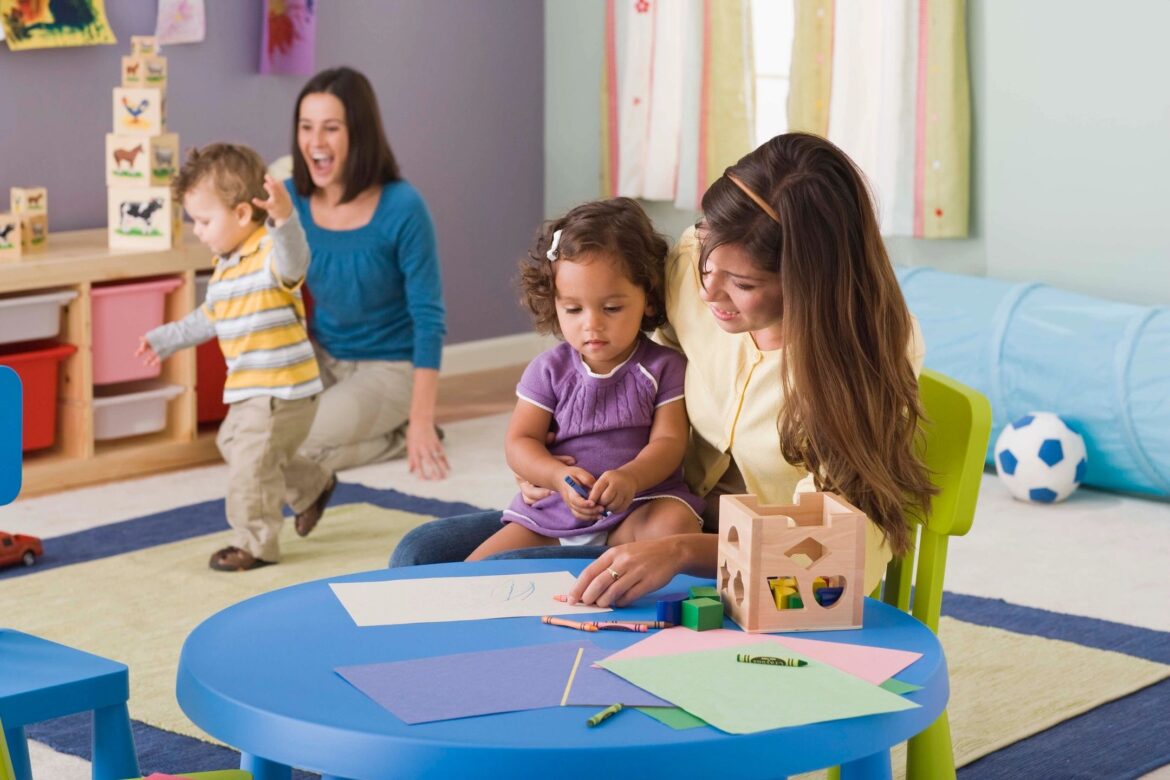Social Security for Autism
Raising a child with autism comes with its own set of challenges, including financial concerns. As a parent, you may be wondering what resources are available to support your child’s needs and ensure their well-being in the long run. One crucial avenue to explore is social security benefits for children with autism. In this detailed blog post, we will delve into the different types of social security benefits, eligibility criteria, application process, tips for maximizing support, and additional financial assistance programs that can provide comprehensive support for your child.
Types of Social Security Benefits for Children with Autism
Supplemental Security Income (SSI):
Supplemental Security Income (SSI) is a federal income supplement program funded by general tax revenues, not Social Security taxes. SSI is designed to help individuals with disabilities, including children with autism, who have little to no income. It provides cash to meet basic needs for food, clothing, and shelter. To be medically eligible for SSI, a child must have a physical or mental condition, such as autism, that severely limits their activities. The condition must be expected to last at least 12 months or be terminal. In addition to these criteria, the income and resources of the parents are also considered if the child is under age 18. The family’s income and resources limit varies each year and is determined by the Social Security Administration.
Social Security Disability Insurance (SSDI):
Social Security Disability Insurance (SSDI) is another program managed by the Social Security Administration. Unlike SSI, the SSDI program is funded through payroll taxes. SSDI is available to individuals who have accumulated a sufficient number of work credits, which is typically the case for adults. For a child with autism to be eligible for SSDI, a parent must be deceased or disabled, or the child must reach the age of 18 and have a disability that started before the age of 22. The SSDI benefits received are based on the parent’s social security earnings record, making it a potentially valuable resource for families supporting a child with autism. The amount of benefits can vary depending on the family’s circumstances, including the parent’s earnings record and the number of dependents in the family.
Tips for Maximizing Social Security Benefits
Gathering Documentation:
- The importance of maintaining accurate medical records, school reports, and other relevant documentation
- Tips for organizing and presenting evidence to support your child’s disability claim, including medical evaluations, therapy reports, and Individualized Education Programs (IEPs)
- Collaborating with medical professionals, therapists, and educators to acquire comprehensive and compelling documents
Navigating the Application Process:
- Detailed explanation of the application process for SSI and SSDI benefits, including online applications and in-person interviews
- Common challenges faced by parents during the application process and strategies for overcoming them
- Understanding the appeals process in case of denial and important steps to take when reapplying
Seeking Legal Assistance:
- When and why it may be beneficial to consult an attorney specializing in disability law during the application process
- How legal representation can enhance your chances of a successful claim and expedite the process
- Resources for finding reputable disability lawyers in your area and understanding their fees and services
Other Financial Assistance Programs
- Medicaid and Medicare:
- The role of Medicaid and Medicare in providing healthcare coverage for children with autism, including therapies, medications, and other necessary services
- Eligibility criteria for both programs and how they align with social security benefits
- Step-by-step guidance on applying for Medicaid and Medicare benefits, including information on Managed Care Organizations (MCOs)
- Tax Credits and Deductions:
- Overview of tax credits and deductions available to families with children with disabilities, such as the Child and Dependent Care Credit and Medical Expense Deduction
- Specific credits and deductions relevant to parents of children with autism, including the Disability Tax Credit and Special Needs Trusts
Additional Support and Resources
- State and Local Assistance Programs:
- Exploring state-specific assistance programs and waivers that provide additional financial aid and resources for children with autism
- Researching local community organizations, support groups, and advocacy agencies that offer guidance, assistance, and opportunities for networking
- Transition Planning:
- Understanding the importance of transition planning for individuals with autism as they move from childhood to adulthood
- Exploring vocational rehabilitation services, job training programs, and supported employment opportunities for adults with autism
Conclusion:
Navigating the social security benefits system and accessing additional financial assistance programs can be overwhelming, but with the right knowledge and guidance, parents of children with an autism spectrum disorder can ensure their child’s long-term well-being. By understanding the types of various disability benefits available, eligibility criteria, application process, tips for maximizing support, and accessing other financial assistance programs, parents can provide comprehensive financial support for their child’s needs. Remember to consult with professionals, advocacy organizations, and legal experts specializing in autism and disability law to ensure you have the most up-to-date information and resources on hand. By advocating for your child, you can help secure their financial well-being and ensure a brighter future.
































